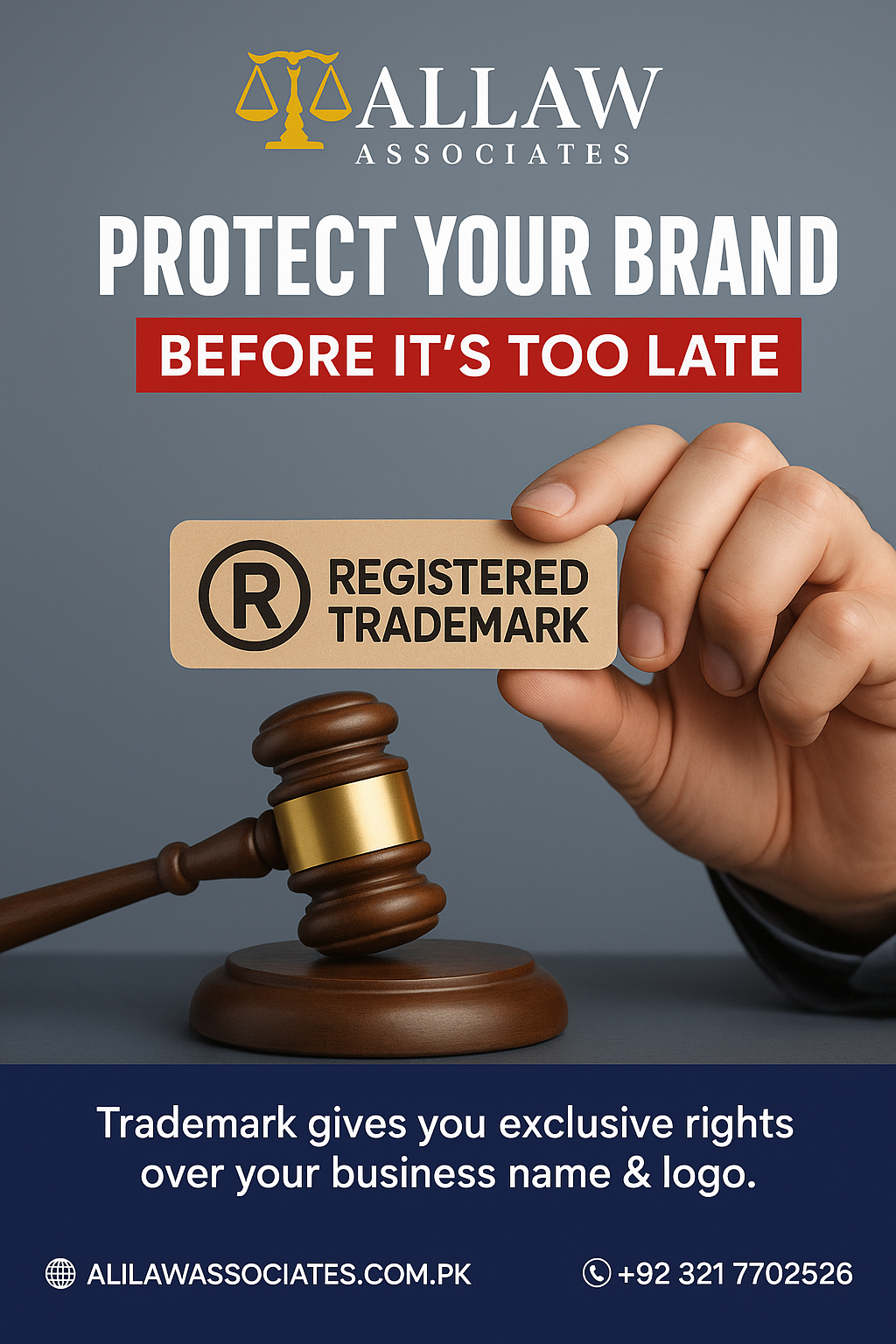1. Brand audit & selection
Pick a mark that is distinctive and not merely descriptive. Strong marks are arbitrary or fanciful (e.g., invented words or logos). Avoid generic or purely descriptive words for the goods/services you offer.
2. Trademark search (essential)
Conduct a thorough search to identify existing marks that may conflict. This includes official trademark databases, company names, domain names and common law usage. A professional search reduces risk of objection or opposition later.
3. Class selection
Trademarks are registered for specific classes of goods or services (for example: clothing, software, legal services). Choose the classes that accurately reflect how you use your brand now — and consider future expansion.
4. Filing the application
Prepare an application with a clear depiction of the mark, a list of goods/services, and applicant details. File with the national registry. Once filed, the application receives an official filing date (priority date).
5. Examination
The trademark office reviews the application for formal and substantive compliance. This may result in an examiner’s report requesting clarifications or objecting to the mark for reasons such as descriptiveness or similarity to earlier marks.
6. Publication for opposition
If the examiner has no blocking objections, the mark is published in an official gazette, allowing third parties to oppose registration (usually within a defined period).
7. Registration & certificate
If no opposition is filed (or if opposition is resolved in your favor), the mark proceeds to registration and you receive a registration certificate. From that point, you can use the ® symbol and enforce your rights more strongly.
| Stage | Typical time |
|---|---|
| Search & preparation | 1–3 weeks |
| Official examination | 1–4 months |
| Publication period (opposition window) | 2–3 months |
| Registration issuance | after publication clears — 1–2 months |
Note: If objections or oppositions arise, the process can take significantly longer due to hearings or negotiations.
Do I need a lawyer to file a trademark?
No, individuals can file on their own, but experienced legal counsel reduces risk, speeds the process, and handles objections, oppositions or complex searches more effectively.
Will my trademark stop others from using similar names?
Registration provides enforceable rights within the registered classes and helps prevent confusingly similar marks. Exact outcomes depend on similarity, market overlap, and geographic scope.
How long does protection last?
Usually, a registered trademark lasts for a fixed term (commonly 10 years) and can be renewed indefinitely with timely renewals and maintenance fees.
Can I register internationally?
Yes — through national filings or international systems (e.g., Madrid Protocol in countries that participate). We can advise on the best international strategy based on your markets.
Ready to secure your brand?
Contact Ali Law Associates for a straightforward, professional trademark consultation and a practical action plan.
Phone: +92 321 7702526
Location: Lahore — Nationwide service available
Website: alilawassociates.com.pk


